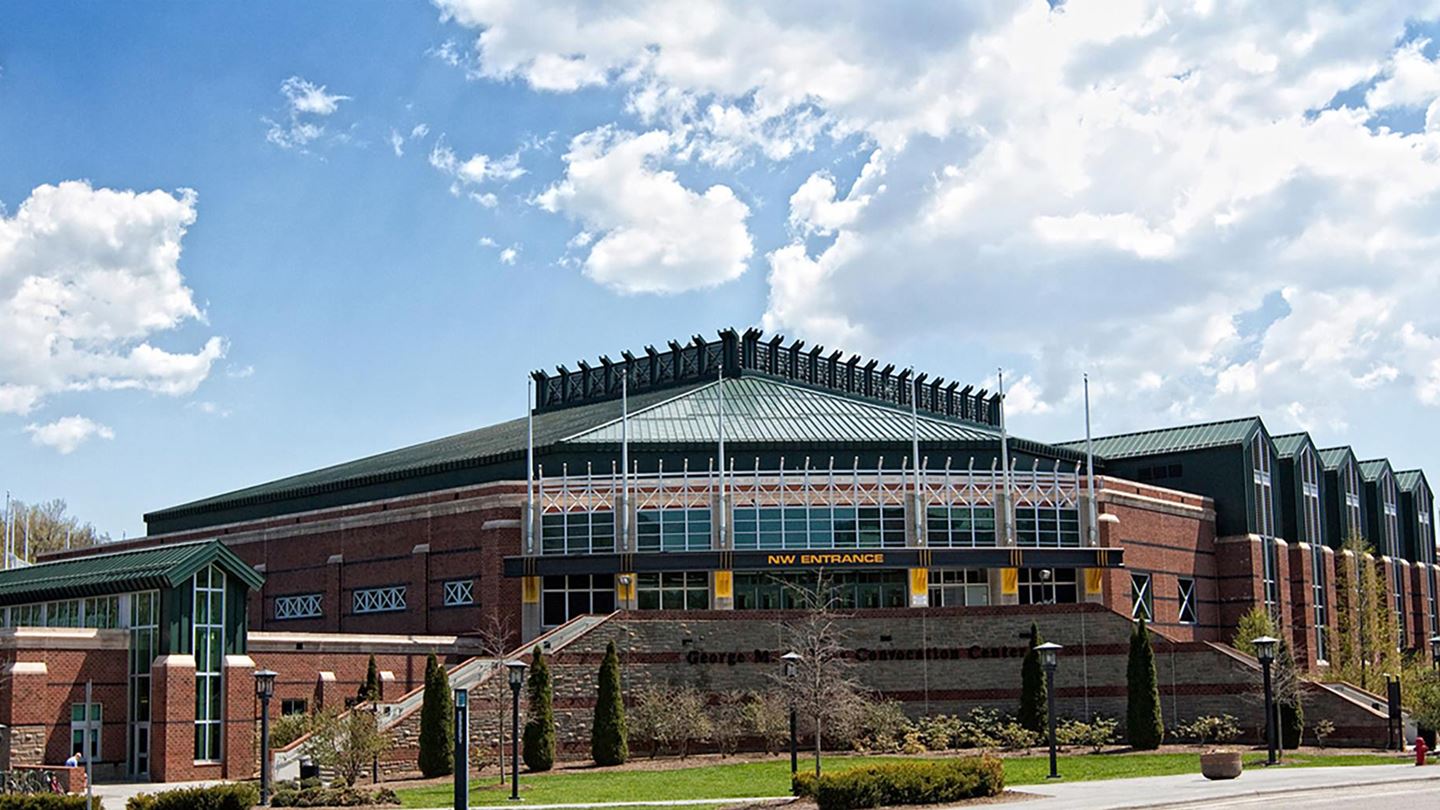Last Updated on May 7, 2012 1:56 pm
N.C. Department of Transportation Secretary Gene Conti has awarded a $9.6 million design-build contract to replace six bridges in Wilkes County, four in Avery County, two bridges each in Ashe and Watauga counties, and one in Caldwell County.
The contract was awarded to Crowder Construction Co. of Charlotte. Work can begin as early as May 29 and be completed by Nov. 1, 2015.
The contract is among 17 to be let by June 2012 using a new concept called express design-build, which can go from zero to construction in eight months. The concept is more efficient than traditional methods in that it does not require a technical proposal; the contract award winner is selected solely on low bid. The projects will replace about 175 bridges across all 14 highway divisions.
The two bridges in Watauga County being replaced are located on:
Church Road over the Watauga River in Foscoe;
[mappress mapid=”53″]
and Emory Greer Road over Cove Creek in Zionville.
[mappress mapid=”54″]
The six bridges in Wilkes County being replaced are located on:
Dr. Miles Road over Naked Creek in Ferguson;
Middle Fork Road over an unnamed tributary for the Middle Prong Roaring River in Hayes;
Piney Grove Church Road over Double Creek in Hayes;
Buckwheat Road over Buckwheat Branch in McGrady; and
Two on Vannoy Road over the North Fork of the Reddies River in McGrady.
The four bridges in Avery County being replaced are located on:
Alton Palmer Road over Curtis Creek in Cranberry;
Birchfield Creek Road over Birchfield Creek in Minneapolis;
Shoemaker Road over Shoemaker Creek in Banner Elk; and
Dark Ridge Road over Trivette Branch in Beech Mountain.
The two bridges in Ashe County being replaced are located on:
Rich Hill Road over Rich Hill Creek in Clifton; and
Greer Hollow Road over Greer Branch in Lansing.
The bridge in Caldwell County being replaced is located on:
Anthony Creek Road over Woodruff Branch in Globe.
The design-build method allows the design, environmental permitting, right-of-way acquisition, utility relocation and construction to take place at the same time, under one contract. This method reduces overall construction time, helps the department avoid cost inflation, allows the contractor to make innovations that save taxpayers money, lessens environmental impact and alleviates driving delays for motorists.



















